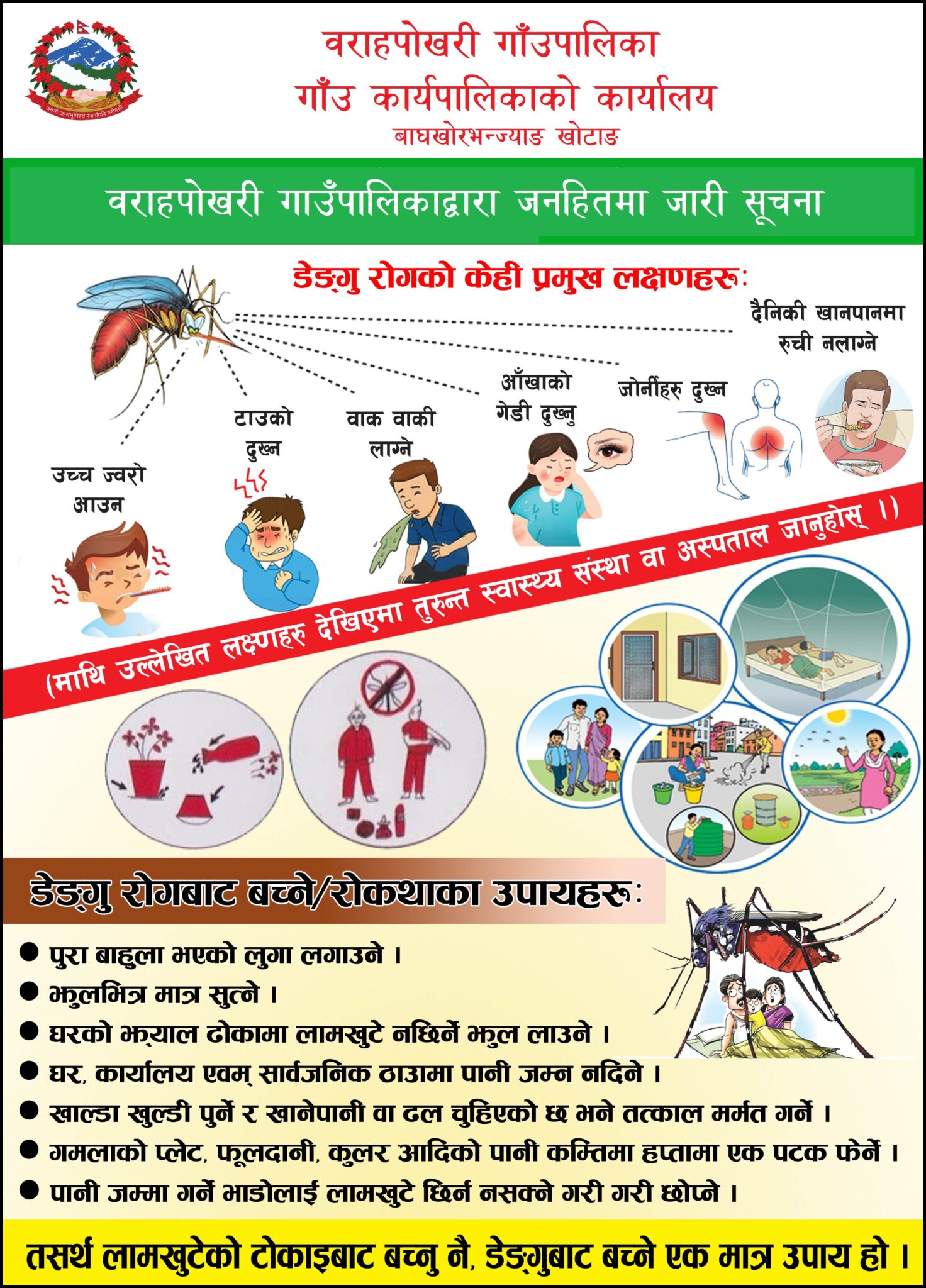| Characteristic | Description |
|---|---|
| Active Ingredient | Finasteride |
| Dosage | 1 mg |
| Indication | Male Pattern Baldness |
| Form | Tablet |
| Route of Administration | Oral |
| Frequency | Once Daily |
| Visit Propecia Website | |
Pharmacokinetics of Propecia
Finasteride 1 mg, the active ingredient in Propecia, exhibits predictable pharmacokinetic properties. The gastrointestinal tract absorbs it efficiently. Peak plasma levels appear approximately two hours after ingestion. The plasma protein binding rate is high, around 93%. It ensures steady distribution in body tissues. The liver primarily metabolizes finasteride, involving cytochrome P450 3A4 enzymes. Terminal half-life measures approximately six hours in adults. Metabolites and unchanged drug exit the body through urine and feces. Steady-state concentrations achieve therapeutic efficacy with daily administration.
Mechanism of Action of Propecia
Propecia targets the enzyme type II 5α-reductase. This enzyme converts testosterone into dihydrotestosterone (DHT). DHT is a potent androgen linked to hair follicle miniaturization. By inhibiting this conversion, Propecia decreases DHT levels in the scalp. The reduction in DHT prevents further hair follicle regression. It promotes the growth of thicker and denser hair strands. Clinical studies reveal a significant increase in hair count after consistent use. It specifically benefits those with male pattern baldness.
Propecia Contraindications
Certain populations should not use Propecia 1 mg. Women and children must avoid the medication due to its androgenic effects. Pregnant women should not handle broken or crushed tablets. Finasteride can harm the male fetus. Those with hypersensitivity to any component in Propecia should abstain from its use. Individuals with hepatic impairment should approach with caution. Liver function plays a crucial role in metabolizing finasteride. Consulting a healthcare provider is essential for those with pre-existing medical conditions.
Propecia Interactions
Propecia 1 mg exhibits minimal interactions with other pharmaceuticals. However, patients must consider potential effects when combined with other medications. Cytochrome P450 enzyme inhibitors may alter finasteride metabolism. Clinical significance remains low but warrants attention. Physicians should evaluate the concurrent use of other drugs affecting hormonal balance. Healthcare professionals should monitor any changes in therapeutic outcomes when prescribing Propecia alongside other treatments.
Adverse Effects of Propecia
Propecia 1 mg demonstrates a favorable safety profile, yet adverse effects can arise. Some users experience sexual side effects, including reduced libido or erectile dysfunction. These effects are reversible upon discontinuation. Other reported effects include rash, breast tenderness, and hypersensitivity reactions. Rarely, Propecia users experience depressive symptoms. Healthcare providers should assess any persisting or severe reactions. Reporting adverse effects to healthcare professionals ensures proper management.
Purchase Propecia No Prescription
Acquiring Propecia 1 mg without a prescription raises concerns. A licensed healthcare provider should assess the appropriateness of its use. Self-medication can lead to misuse or adverse reactions. Proper medical guidance optimizes treatment outcomes. A prescription ensures the medication suits the individual’s condition. Patients should prioritize consultations with their healthcare providers.
In summary, Propecia 1 mg offers a targeted approach to addressing male pattern baldness. Understanding its pharmacokinetics and mechanism informs safe use. Awareness of contraindications and potential interactions promotes responsible consumption. Recognizing possible adverse effects ensures timely intervention. Securing Propecia through appropriate channels preserves its therapeutic integrity.

